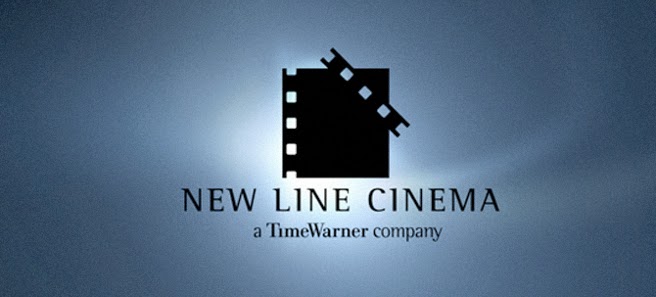
Summary: The Young Victoria is a 2009 historical period drama. As the only legitimate heir of England's King William, teenage Victoria (Emily Blunt) gets caught up in the political machinations of her own family. Victoria's mother (Miranda Richardson) wants her to sign a regency order, while her Belgian uncle schemes to arrange a marriage between the future monarch and Prince Albert (Rupert Friend), the man who will become the love of her life. Once again, the reason why I chose to analyse this film was due to the treatment of women and also the presentation of the higher class. As well as this, mise en scene helps us to develop our own style.
1) Main movie titles:
There is no main title for this movie as such, however there is a short introductory section. Before we see anything, there is a soldier shouting. This is followed by a short panning shot of the soldiers in Buckingham palace. Following this, we see a black screen with simple white text, explaining a little about the context of the movie. The introductory section follows this by conveying a short timeline of Victoria's life, allowing the audience some insight to the life of this historical figure. The movie jumps back and forth from points in Victoria's life, from her coronation to a year before. The use of Camera, soundtrack and miss en scene all play predominant rolls in this film.
2) Camera shots:
Following a black fill screen, the very first shot in this film is a panning long shot whereby we see the soldiers of Buckingham palace in full costume. This is followed by the contextual information before the short timeline of Victoria's life is shown. The most predominant shot type used is a panning shot, however the distance from the protagonist is varied each time along with the mise en scene. Much like 'The Duchess', there is a very grandiose long shot of Victoria's crowning. This shot is iconic and also mirrors a huge point in history. There is a close up of Victoria's face after this, conveying that she is nervous and showing off her crown.
3) Music/sound:
There is a grand orchestral soundtrack at the beginning of this movie, which is a typical code and convention. This helps to contribute to the grand atmosphere. The very first dialogue heard, is from an English shoulder who is giving orders. Following this, we hear Victoria's narrative, giving the audience a little more insight into the events that have entailed in her life. As well as this, there is basic use of synchronous and asynchronous sound, illustrating and adding authenticity to what is happening on stage.
4) Mise en scene:
 Mise en scene plays a very predominant role in the making of period dramas. In the beginning of this movie, all of the soldiers are wearing the proper costume with rifles as props. Following this, we see shots from inside Buckingham palace. To make this authentic, the set crew managed to get exact plans of what the inside of the palace looked like. this means that their lavish and luxurious props are very close to the original. Below are some costumes and filming locations.
Mise en scene plays a very predominant role in the making of period dramas. In the beginning of this movie, all of the soldiers are wearing the proper costume with rifles as props. Following this, we see shots from inside Buckingham palace. To make this authentic, the set crew managed to get exact plans of what the inside of the palace looked like. this means that their lavish and luxurious props are very close to the original. Below are some costumes and filming locations.
'The Young Victoria' generally follows the codes and conventions of a period drama. The main issue in the film is the theme of treatment towards women. Victoria is a very strong protagonist, much like the duchess, however, no matter how hard she tries to break out of this stigma she doesn't, which is in keeping with the typical society at this time. As well as this, the director's objective for this film is to show the life of a great historical figure. He does this by presenting the typical Victorian's view of the royalty at the time.
6) Target audience and social group:
The target audience for this group once again are historians and intellects. This is due to the films historical context and complex plot line, as in-keeping with a period drama's codes and conventions. As we can see from the chart, the most voters are middle-aged and are not from the US. This is due to the fact that this film portrays English events and so, is more applicable to the english who want to learn more about their heritage.





































